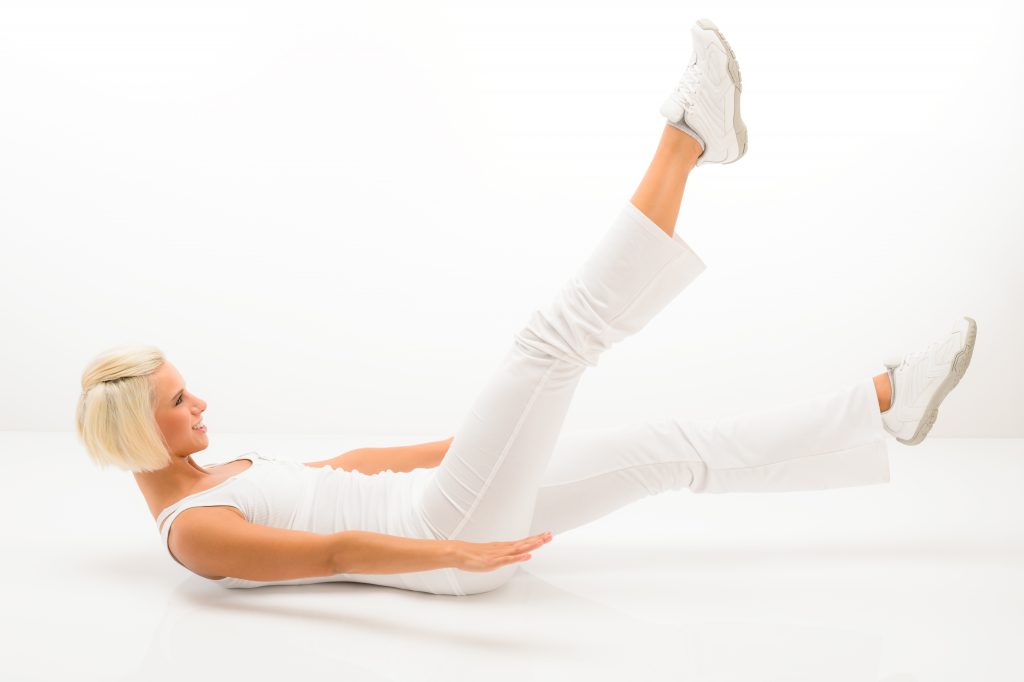Relationship of Exercise to Anxiety Disorders
We’ve all heard it time and time again: “you should be more active!” But what if just a little extra exercise – maybe even just ten minutes of walking! – could make a difference not only in your heath, but in your head, too?
It turns out activity could have nearly as much of an impact on stress and anxiety as medications in certain circumstances!
Stress and anxiety are a normal part of life, but anxiety disorders, which affect 40 million adults, are the most common psychiatric illnesses in the U.S. The benefits of exercise may well extend beyond stress relief to improving anxiety and related disorders.
Psychologists studying how exercise relieves anxiety and depression suggest that a 10-minute walk may be just as good as a 45-minute workout. Some studies show that exercise can work quickly to elevate depressed mood in many people. Although the effects may be temporary, they demonstrate that a brisk walk or other simple activity can deliver several hours of relief, similar to taking an aspirin for a headache.
Science has also provided some evidence that physically active people have lower rates of anxiety and depression than sedentary people. Exercise may improve mental health by helping the brain cope better with stress. In one study, researchers found that those who got regular vigorous exercise were 25 percent less likely to develop depression or an anxiety disorder over the next five years.
– via www.adaa.org
Exercises Perfectly Suited To Stress Relief
So now we know the value of exercise for stress, but what type should you do? These are just a few great activities that are especially powerful for beating stress – partially because each one combines both physical activity and a form of meditation.
TAI CHI
An ancient martial arts form originally developed in China, Tai Chi is a flowing, meditative series of movements designed to connect the mind and body and foster a sense of calm and serenity. But don’t be fooled by its peaceful nature—tai chi will keep you constantly in motion, engage your entire body, and offer a great mental challenge to stay present and in the moment.
QI GONG
Qi Gong, also an ancient Chinese art form, focuses on the repetition of one movement at a time (versus a series of movements like in Tai Chi). “Qi” refers to “life energy,” and this invigorating workout is dedicated to cultivate the spirit and promote healing, health, and awareness through visualization, breathing techniques, and repetition of specific ‘energy flowing’ movements.
RESTORATIVE YOGA
If you’ve been burning the candle at both ends for too long, we can’t recommend restorative yoga enough. While many forms of yoga offer a relaxing element to their practice, some poses and postures may require a lot of effort to maintain or get into—not exactly something you need to stress over if you’re burned out. Instead of moving from pose to pose, you’ll hold restful positions for a longer period of time, giving your body the opportunity to truly let go and release.
Restorative yoga offers a truly soothing experience, designed to completely relax your body (it’s almost as calming as sleeping), but it still gives you a little more to do than simply sitting and breathing.
– via Shape Magazine
Have you ever tried exercise to ease your anxiety? Which activities have worked best as stress busters for you?
